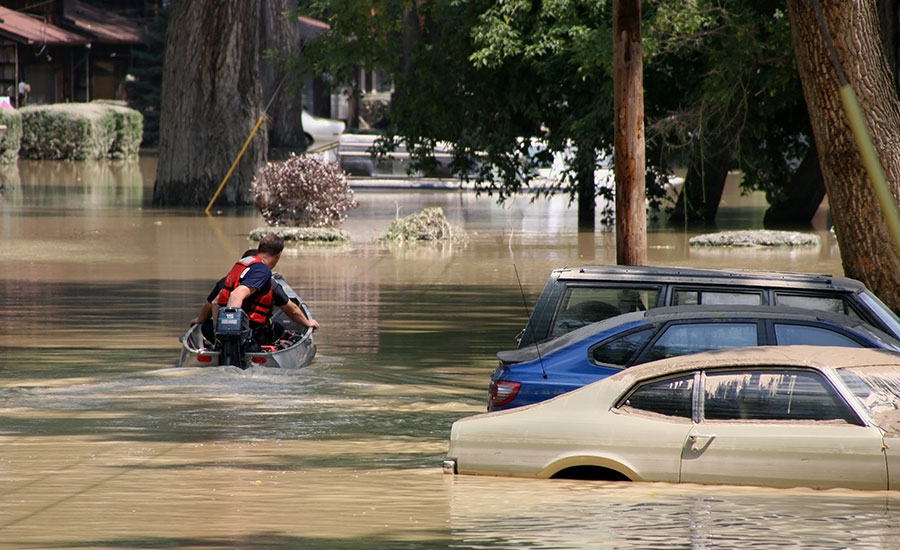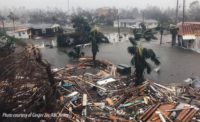Losses From Natural Disasters Surged Over Last 20 Years

Global economic losses from earthquakes, volcanic eruptions, floods, hurricanes and other climate-related disasters surged to total nearly $2.9 trillion over the past 20 years.
The study from the UN Office for Disaster Risk Reduction (UNISDR) said that climate-related disasters - such as from the impact of floods, droughts, and heat waves - accounted for $2.25 trillion of the total. That was up from $895 billion reported between 1978 and 1997.
The greatest economic losses were experienced by the US, $944.8 billion; China, $492.2 billion; Japan, $376.3 billion; India, $79.5 billion; and Puerto Rico, $71.7 billion. Storms, floods and earthquakes place three European countries in the top ten for economic losses: France, $48.3 billion; Germany, $57.9 billion; and Italy, $56.6 billion. Thailand, $52.4 billion, and Mexico, $46.5 billion, complete the list.
During that period, 1.3 million people lost their lives and 4.4 billion people were injured, rendered homeless, displaced or in need of emergency assistance. 563 earthquakes, including related tsunamis, accounted for 56% of total deaths or 747,234 lives lost.
The UN Secretary-General’s Special Representative for Disaster Reduction, Mami Mizutori, said: “This report highlights key trends over the last 40 years. Much needs to be done to address the high number of deaths in seismic zones. The death and suffering caused by this month’s earthquake and tsunami in Indonesia brings home the need to raise public awareness and to apply high standards for construction in seismic zones. The report’s analysis makes it clear that economic losses from extreme weather events are unsustainable and a major brake on eradicating poverty in hazard exposed parts of the world. We have to do a much better job of capturing economic loss data if we are to have a fuller understanding of what works when it comes to reducing economic losses, saving lives and livelihoods, and managing disaster risk.”
While high-income countries recorded losses for 53% of reported disasters between 1998 and 2017, low-income countries only recorded them for 13% of disasters.
Looking for a reprint of this article?
From high-res PDFs to custom plaques, order your copy today!








